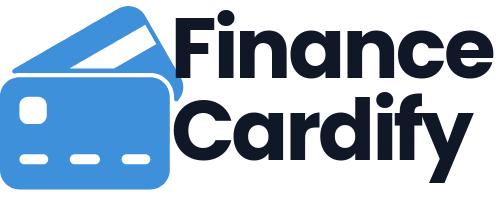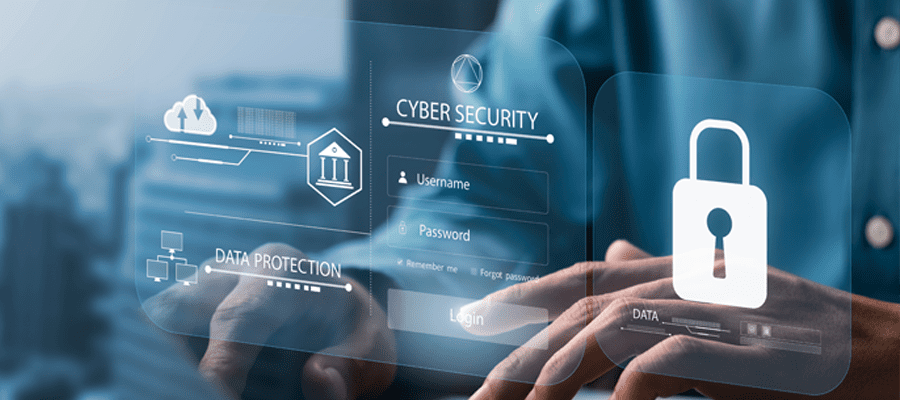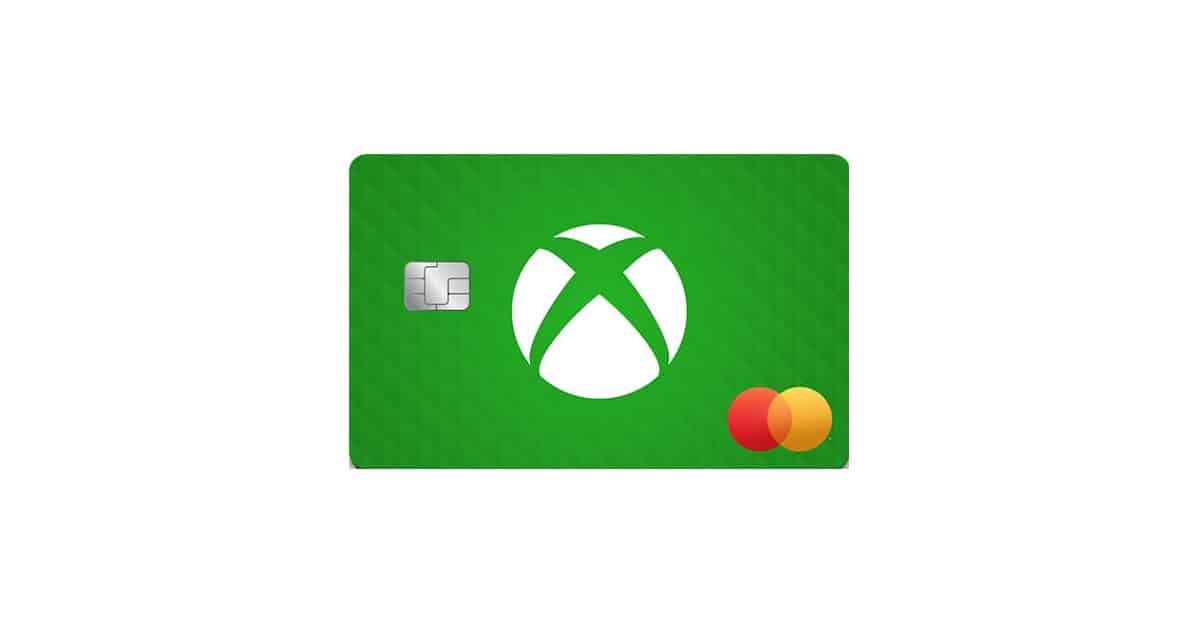In the intricate landscape of personal finance, where unexpected twists and turns are the norm, one pillar of security stands out: the emergency fund. Far from being a mere suggestion for the financially cautious, an emergency fund is a non-negotiable component of a robust financial strategy for every smart saver. It acts as a crucial buffer, shielding your long-term goals and investment portfolios from the disruptive force of life’s inevitable surprises.
The True Definition of Financial Security
Many people mistakenly equate a high salary or a healthy investment portfolio with financial security. While these elements are certainly beneficial, true financial security lies in your resilience—your ability to absorb a financial shock without derailing your progress.
An emergency fund is essentially a pool of readily accessible cash, typically held in a high-yield savings account, specifically designated to cover unexpected expenses. The key word here is unexpected. This isn’t for a planned vacation or a down payment on a house; it’s for the truly unforeseen events that threaten your stability.
🛡️ Shielding Your Financial Life from the Unexpected
Life has a knack for presenting costly surprises. Without a dedicated emergency fund, these events force you into regrettable financial choices. Let’s explore the primary reasons why this cash cushion is so vital:
1. Protection Against Job Loss and Income Disruption
Perhaps the most significant and common threat to financial stability is a sudden loss of income, whether through redundancy, a business downturn, or unexpected illness. Losing your income stream can turn into a financial catastrophe remarkably quickly.
Your emergency fund serves as an income replacement mechanism. It ensures that you can continue to pay essential bills—rent/mortgage, utilities, food, and insurance—while you focus on finding new employment or recovering from an illness. A typical emergency fund should cover 3 to 6 months of essential living expenses, though some financial experts recommend up to 12 months for those with less stable income (e.g., freelancers, commission-based workers) or higher financial obligations.
2. The High Cost of Health and Medical Emergencies
Medical emergencies are often unavoidable and can be astronomically expensive, even with health insurance. High deductibles, co-pays, and non-covered services can result in massive out-of-pocket expenses.
Having an emergency fund means you can focus on health and recovery rather than stressing about how to pay the hospital bill. Tapping into this fund is a far better alternative than accruing high-interest medical debt, which is a leading cause of bankruptcy.
3. Vehicle and Home Catastrophes
Imagine your car’s transmission fails, or your water heater bursts and floods your basement. These are not discretionary expenses; they require immediate, often expensive, attention.
A well-funded emergency account allows you to pay for these necessary repairs immediately, preventing a small issue (like a leaky pipe) from escalating into a much more damaging and expensive problem. It means you can choose a reliable, quality repair service rather than settling for a cheap, temporary fix.
🛑 Protecting Your Long-Term Financial Goals
The value of an emergency fund extends far beyond simply covering immediate costs; it is a gatekeeper for your wealth-building assets.
4. Avoiding High-Interest Debt
The most compelling argument for an emergency fund is its power to help you avoid debt. Without one, most people turn to high-interest options when an emergency strikes:
- Credit Cards: Carrying an average interest rate (APR) of over 20%, credit card debt can quickly spiral out of control, making a temporary crisis into a long-term financial burden.
- Payday Loans: These are predatory loans with astronomical interest rates, often trapping borrowers in a cycle of debt.
- 401(k) Loans/Withdrawals: Borrowing from your retirement account is the most damaging option. Not only do you pay taxes and potentially penalties on early withdrawals, but you also suffer the significant loss of compounding growth—the engine of retirement wealth.
By using your emergency fund, you settle the expense with your own cash, preventing the creation of new, expensive debt that eats away at your future income.
5. Preventing Portfolio Panic and Preservation of Investments
When an emergency hits and you don’t have cash, the temptation is to sell investments to cover the cost. This is often the worst possible time to do so.
- Selling at a Loss: If the stock market is down when you need the money, you’re forced to sell shares at a loss, permanently locking in that negative return.
- Disruption of Strategy: Pulling money out of your investment accounts disrupts your carefully planned long-term strategy, reducing your time horizon for growth and diminishing future returns.
The emergency fund acts as a firewall between your spending needs and your investments, allowing your stocks, mutual funds, and retirement accounts to continue growing undisturbed, regardless of life’s mishaps.
💡 How to Build Your Emergency Fund: A Practical Guide
Building this safety net is a straightforward process that requires discipline and automation.
Step 1: Set a Target Amount
Start small by aiming for a $1,000 “Starter Fund.” This amount can cover most minor emergencies (a car repair, a flight for a funeral). Once achieved, calculate your essential monthly expenses (rent, utilities, food, etc.) and aim to save $\mathbf{3-6}$ times that amount.
Step 2: Automate Your Savings
Treat your emergency fund contributions like a non-negotiable bill. Set up an automatic transfer from your checking account to your savings account on payday. This “pay yourself first” approach ensures consistent growth.
Step 3: Choose the Right Location
Your emergency fund must be liquid (easily accessible) and safe. Do not invest this money in the stock market. The best homes include:
- High-Yield Savings Accounts (HYSAs): Offer higher interest rates than traditional banks and are FDIC insured.
- Money Market Accounts (MMAs): Similar to HYSAs but may offer check-writing privileges.
Crucially, keep your emergency fund separate from your everyday checking account. This separation makes it mentally harder to spend the money on non-emergencies.
Step 4: Replenish When Used
The emergency fund is not a bottomless pit. If you have to use $\$1,500$ to replace a broken furnace, your top priority must be to replenish that $\$1,500$ before redirecting funds back to long-term savings or discretionary spending.
A Foundational Financial Habit
Ultimately, an emergency fund is not a luxury; it is the foundation upon which all other financial success is built. It’s the habit that allows you to take calculated risks in investing, pursue career changes, and sleep soundly at night.
For the smart saver, the emergency fund is the financial equivalent of a home’s structural beams: unseen but absolutely essential. By committing to this simple, disciplined habit, you are not just saving money; you are buying peace of mind and protecting your financial future from the inevitable storms of life. Start building yours today—it’s the smartest financial decision you can make.





